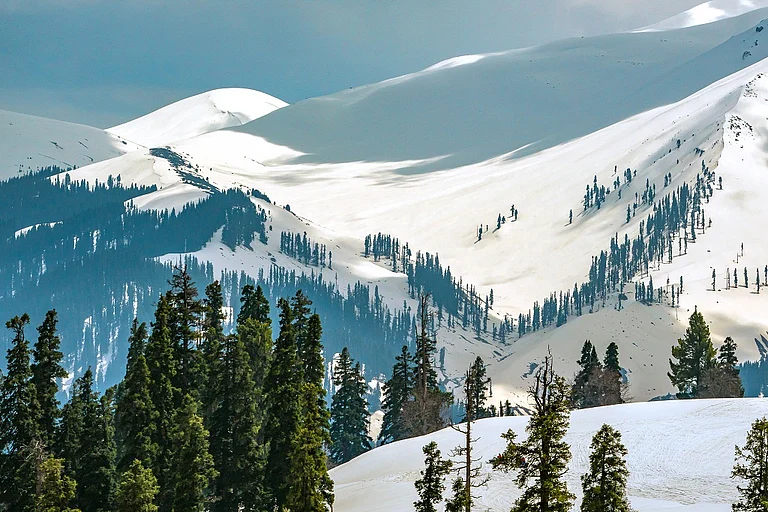California continues to endure the wrath of a slow-moving atmospheric river, unleashing a barrage of extreme weather conditions that have shattered records and wreaked havoc across the state.
As of Tuesday, the relentless storm system has inundated California with record rainfall, triple-digit winds, and triggered hundreds of mudslides, leaving communities grappling with significant damage and ongoing safety concerns.
Record rainfall in downtown Los Angeles
Downtown Los Angeles bore the brunt of the deluge, receiving an astonishing 8 inches (20.3 cm) of rain in just three days. This downpour exceeds more than half of the city's average annual rainfall of 14.25 inches (36 cm), according to data from the National Weather Service dating back to 1877.
Remarkably, this February has already secured its place as the 13th wettest on record for the city, a testament to the intensity of the ongoing storm.
Rainiest spots and local impacts
The relentless precipitation wasn't confined to downtown Los Angeles alone. Areas like Bel Air witnessed staggering amounts of rainfall, with over a foot—12.01 inches (30.5 cm)—accumulating between Sunday and late Tuesday morning. Numerous locations across Los Angeles County, including Sepulveda Canyon, Topanga Canyon, Cogswell Dam, and Woodland Hills, also experienced significant flooding, exacerbating concerns over safety and infrastructure damage.
Triple-digit winds and wind gusts
The ferocity of the storm was further evident in the form of triple-digit wind gusts. Notably, a gust of 102 mph (164 kph) was recorded at Pablo Point in Marin County, situated just north of San Francisco. While narrowly missing the December 1995 record of 103 mph (166 kph) at Angel Island, meteorologists have deemed the recorded gust as exceptionally impressive.
Marin and nearby Santa Clara County bore the brunt of the strongest gusts, ranging between 102 and 89 mph (164 and 143 kph), with additional high-speed winds reported in Napa and Monterey counties.
Impact of mudslides and evacuations
The relentless rainfall triggered an onslaught of mudslides across Los Angeles, with emergency crews responding to a staggering 475 incidents by Tuesday night. Road closures and ongoing evacuation orders have been issued for canyon neighborhoods, particularly those scarred by recent wildfires.
The damage assessment reveals four buildings rendered uninhabitable, with nine others tagged as unsafe for occupation. Inspections are underway at numerous properties as authorities brace for potential further damage.
Water supply and conservation efforts
Despite the widespread devastation, the storm has provided a silver lining by replenishing California's water supply. The mayor's office reported the capture of at least 6 billion gallons (22.7 billion liters) of stormwater in Los Angeles alone, offering a critical boost to groundwater reserves and local supplies.
This influx of water comes as a relief for a state that has endured severe drought conditions in recent years, underscoring the significance of effective water management and conservation efforts.


























